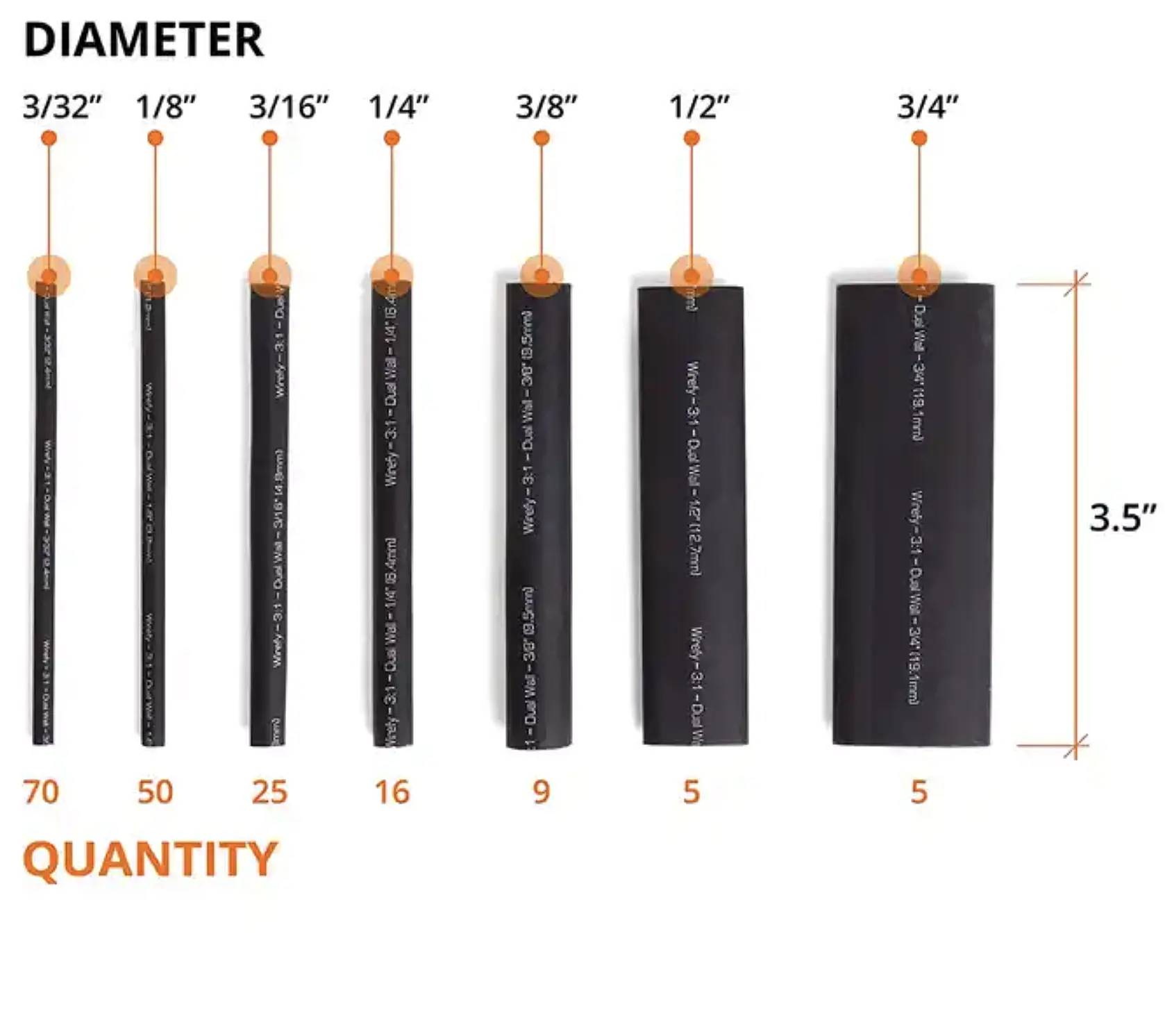What Is Heat Shrink Used For?
Heat shrink tubing protects wires. It insulates electrical connections. Mechanics use it daily. Engineers rely on it too.
This versatile sleeve prevents shorts. It guards against moisture. Many industries need it. From cars to computers.

Ideal Shrinking Temperatures Explained
Most tubing shrinks at 90°C. Some types need 120°C. High-grade versions require 150°C.
Always check manufacturer specs. Wrong heat damages tubing. Use a heat gun properly.
Temperature Ranges by Material Type
PVC tubing shrinks at 90-120°C. It's common for basic jobs. Polyolefin handles 125-135°C.
Fluoropolymer resists extreme heat. It needs 175-200°C. Choose based on application.
Proper Heating Techniques
Move heat gun steadily. Don't stay in one spot. Rotate the tubing evenly.
Watch for complete shrinkage. Avoid overheating areas. Bubbles mean too much heat.
Why Temperature Matters?
Correct heat ensures tight fit. It creates durable seals. Prevents future problems.
Too cold leaves gaps. Too hot melts insulation. Precision brings best results.
Common Applications and Their Needs
Car wiring uses 125°C tubing. Home electronics need 90°C. Industrial cables require 150°C+.
Match temperature to usage. Consider environment factors. Heat affects performance.
Proper heating makes tubing effective. Follow guidelines carefully. Get perfect results every time.
Comments on “What temperature is needed for heat shrink tubing?”